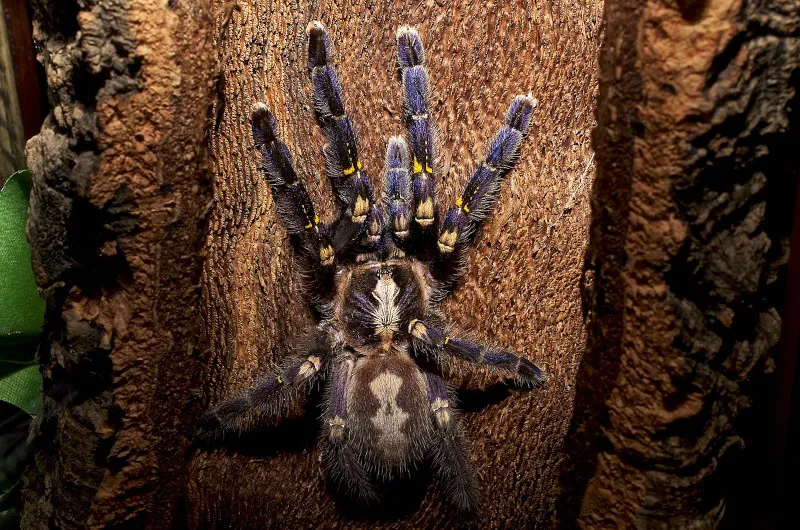The Gooty tarantula, scientifically known as Poecilotheria metallica, is a stunning and highly sought-after species of tarantula. Its striking coloration and unique characteristics make it a favorite among arachnid enthusiasts. In this article, we’ll delve into the top 5 fascinating facts about this incredible spider, exploring its appearance, habitat, behavior, and the threats it faces. Prepare to be amazed by the beauty and complexity of the Gooty tarantula!
Gooty Tarantula Overview
The Gooty tarantula is a large, arboreal (tree-dwelling) spider native to a small region of India. They are known for their vibrant metallic blue and gray coloration, which gives them their common name. These spiders are not only visually striking but also play an essential role in their ecosystem. Understanding their overview is essential to appreciating their uniqueness and the importance of their conservation. These spiders are part of the Poecilotheria genus, often called the ornamental tarantulas, they are known for their elaborate leg patterns and overall beauty.
Appearance and Characteristics
Size and Physical Features
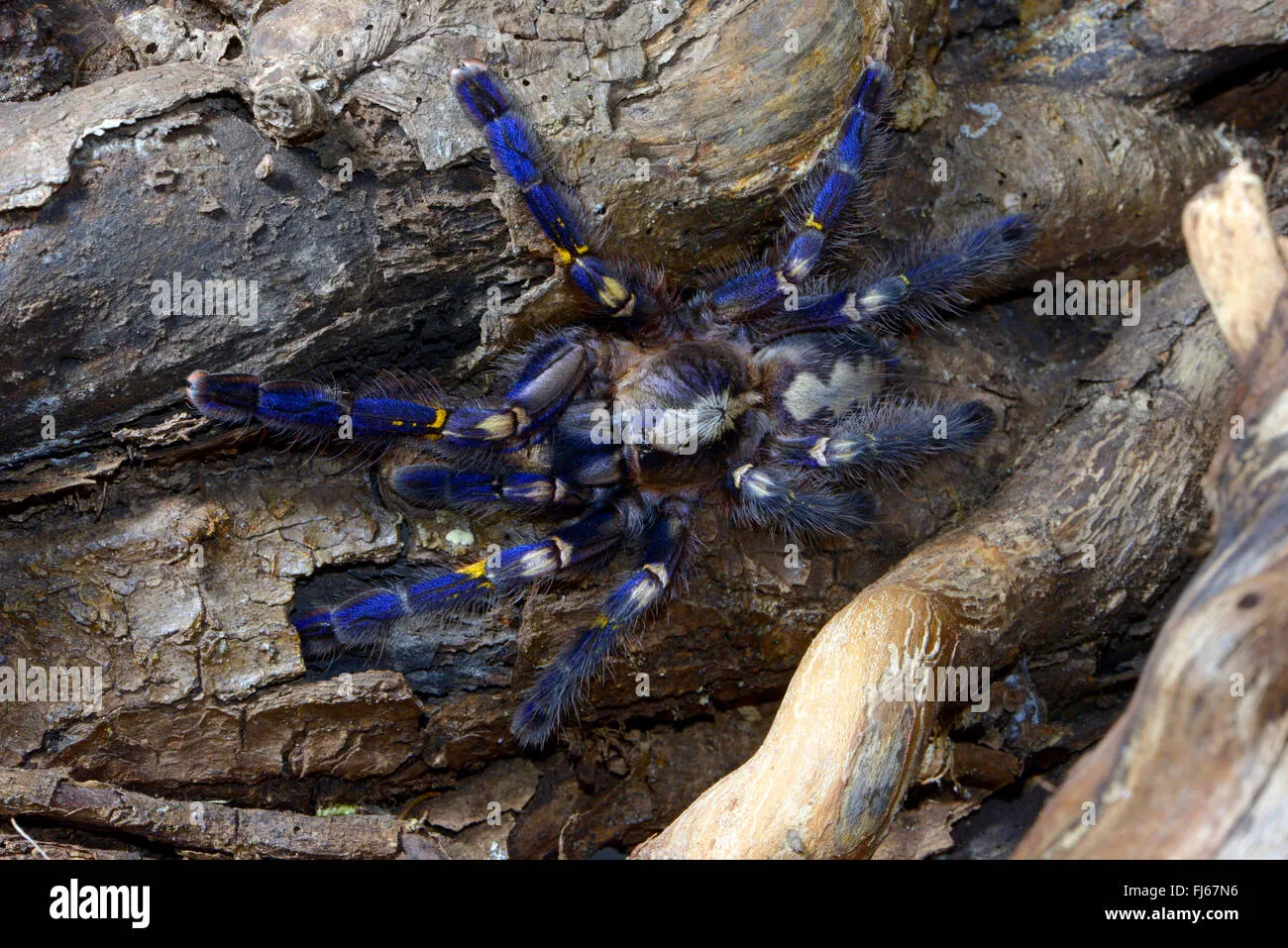
Gooty tarantulas are relatively large spiders, with a leg span that can reach up to 8 inches (20 cm). Their bodies are covered in dense hairs, which help with sensory perception and provide insulation. The males and females can be told apart due to their appearance, the males are typically smaller. Their fangs are strong, and they use them to inject venom into their prey. Their impressive size and striking appearance make them a sight to behold, though they are typically quite shy and reclusive, preferring to hide in tree hollows and crevices.
Coloration and Markings
One of the most distinguishing features of the Gooty tarantula is its vibrant coloration. Their bodies exhibit a metallic blue or gray hue, often with intricate patterns of black and white. This coloration serves as a form of camouflage, helping them blend in with their surroundings. The striking patterns and metallic sheen have made this spider a highly prized species among collectors. The contrast of colors creates a beautiful and recognizable appearance that sets them apart from other tarantula species. Their beauty has also, unfortunately, contributed to their endangerment.
Habitat and Distribution
Natural Habitat
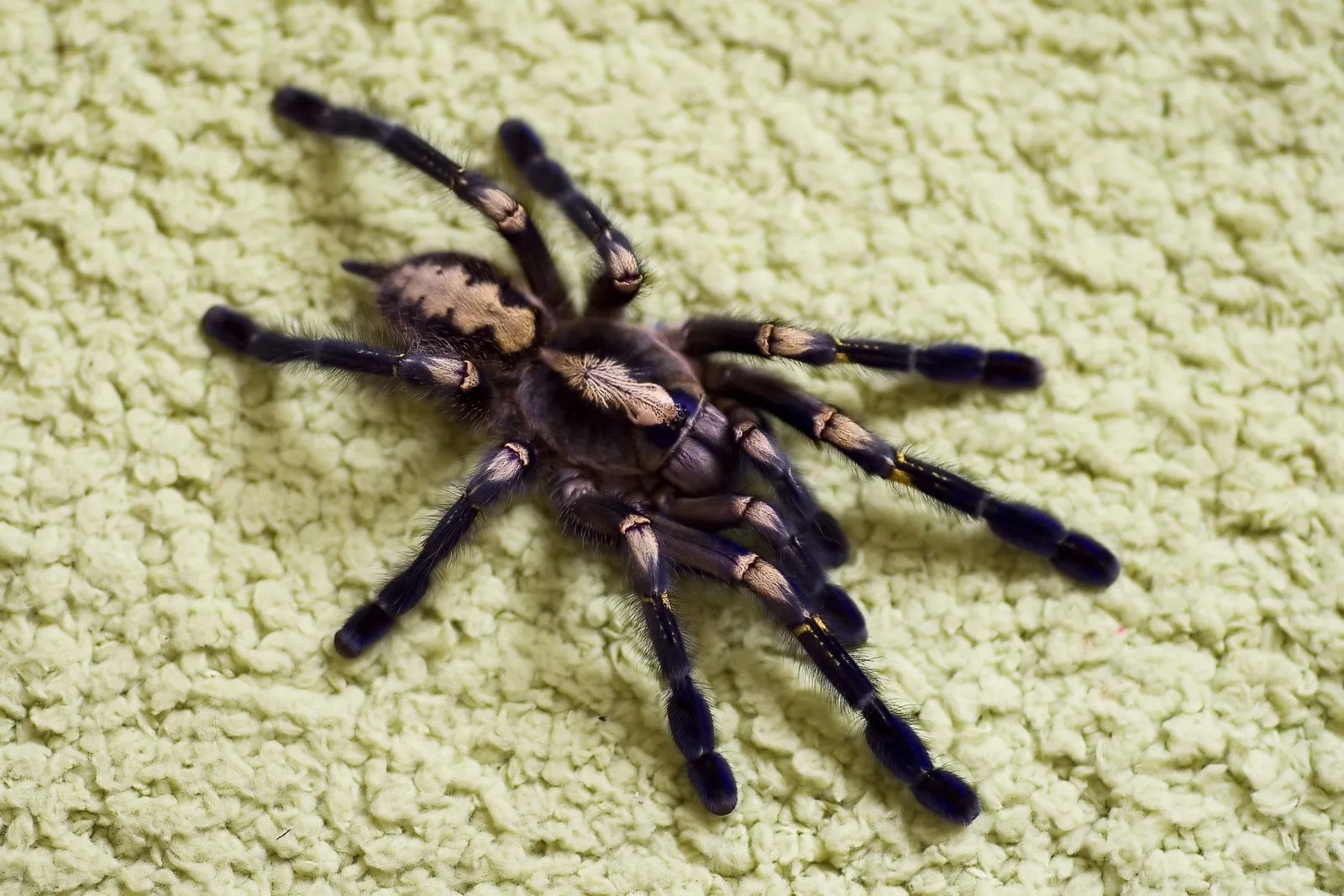
The Gooty tarantula is native to the Indian state of Andhra Pradesh, specifically the Nandyal district. They inhabit the tropical dry deciduous forests of this region, where they find shelter in tree hollows and beneath the bark of trees. These forests provide them with a humid environment and a rich source of food. Their natural habitat is essential for their survival, and the ongoing destruction of these forests poses a significant threat to their populations. They prefer to live in undisturbed locations, which makes them particularly sensitive to environmental changes.
Geographic Distribution
The geographic distribution of the Gooty tarantula is extremely limited, making it a vulnerable species. They are only found in a small area within the Nandyal district. This limited range makes them particularly susceptible to habitat loss and other threats. Conservation efforts are focused on protecting their natural habitat and preventing further population decline. Due to their restricted distribution, any environmental changes or human activities can have a devastating impact on their populations. The very small area they live in highlights the need for focused protection.
Behavior and Lifestyle
Burrowing and Web-building
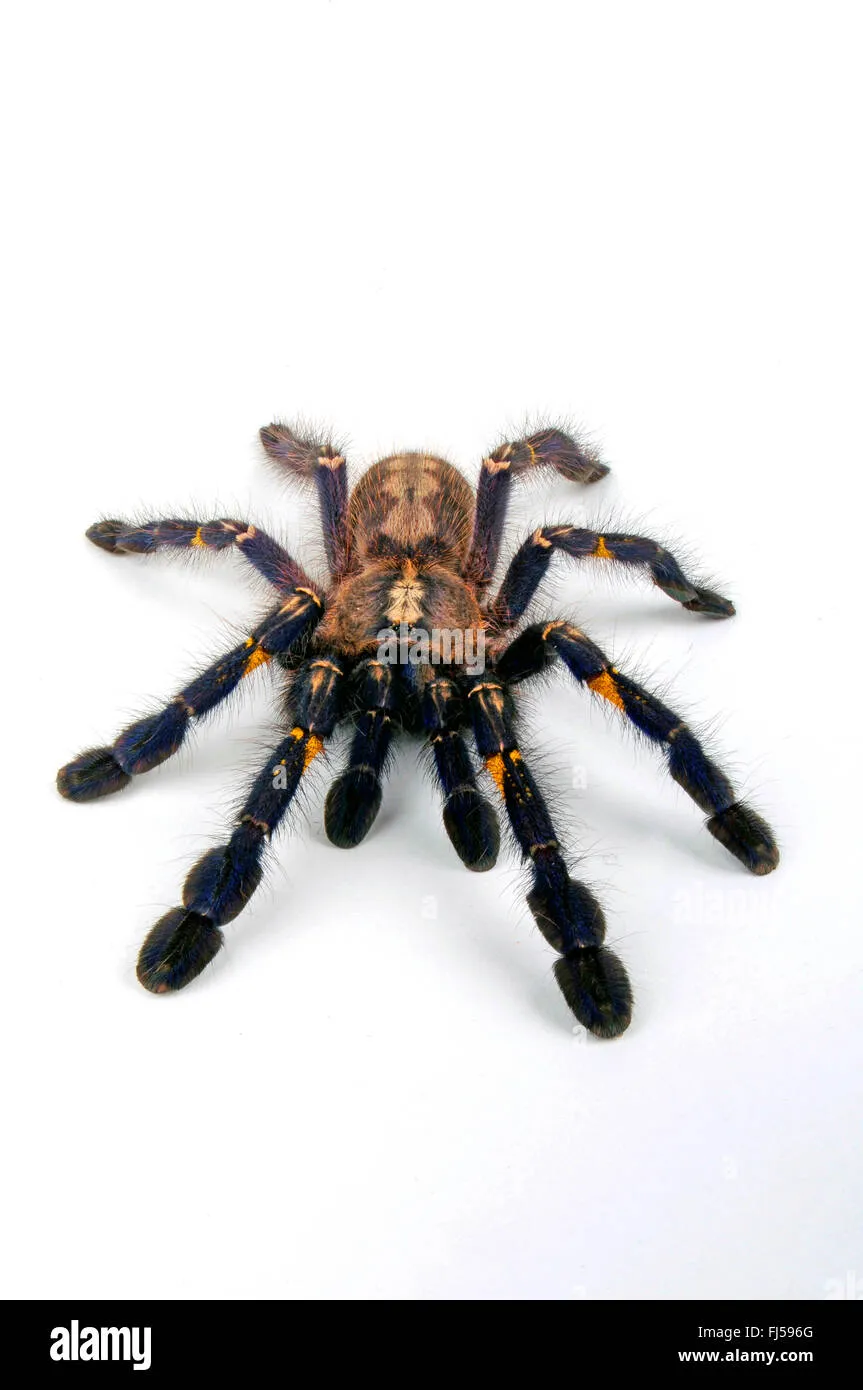
Gooty tarantulas are arboreal spiders, meaning they primarily live in trees. They create silk retreats within tree hollows and crevices, which serve as a safe haven from predators and a place to ambush prey. These retreats are typically lined with silk, providing a comfortable and secure environment. While they are not active web-spinners like some other tarantula species, they use silk to reinforce their homes and create trip lines to detect the presence of potential prey. Their silk is essential for their survival and is integral to their lifestyle.
Nocturnal Habits
Gooty tarantulas are primarily nocturnal, meaning they are most active during the night. This behavior helps them avoid predators and take advantage of the cooler temperatures. They spend the day hidden in their retreats, emerging at night to hunt for food. This nocturnal lifestyle allows them to hunt efficiently and avoid the heat of the day. Their adapted habits further contribute to their mysterious and elusive nature, making them fascinating creatures to observe.
Diet and Feeding Habits
Prey and Hunting Techniques
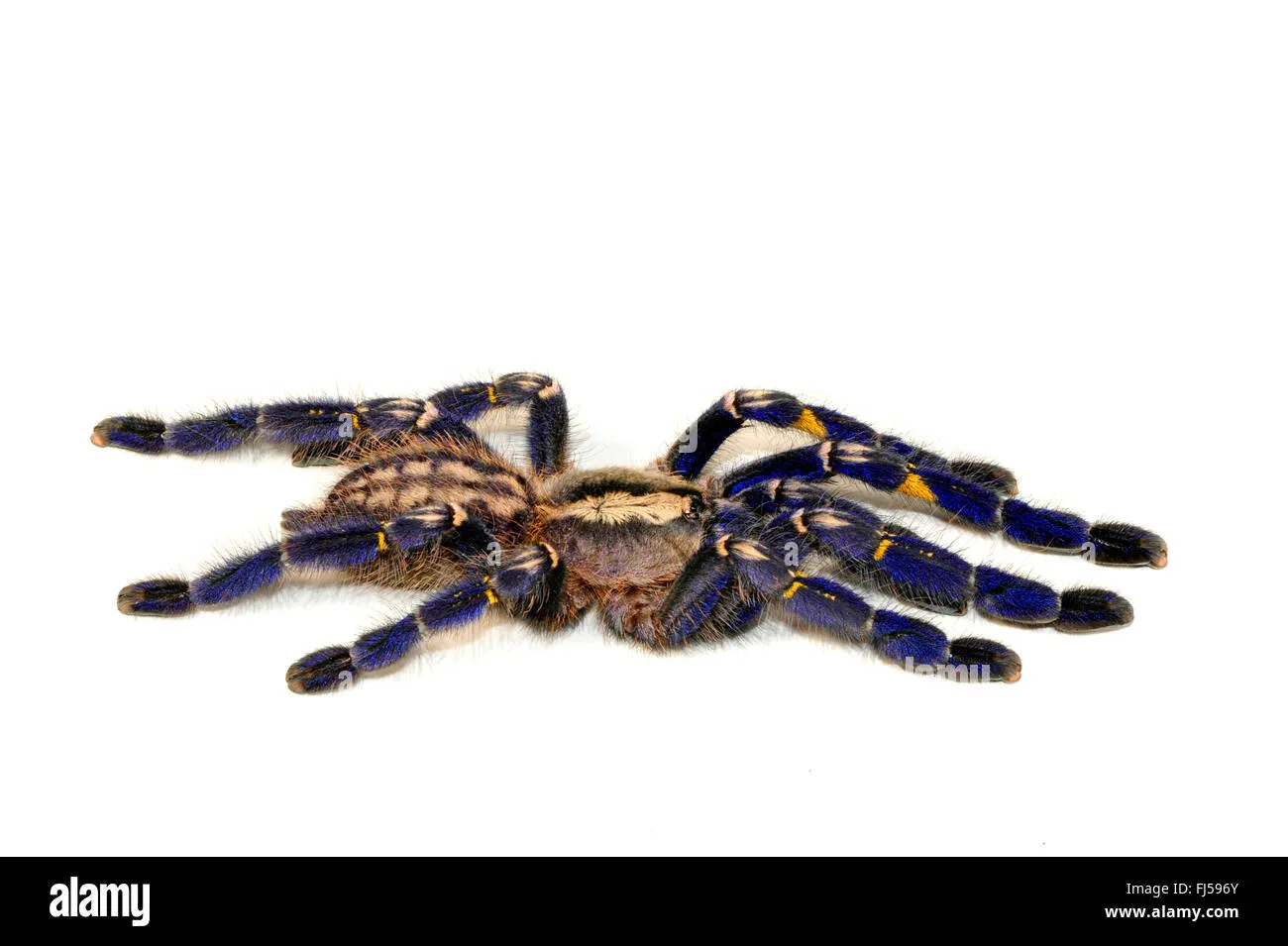
Gooty tarantulas are ambush predators, meaning they wait for their prey to come within striking distance. Their diet primarily consists of insects, such as crickets, cockroaches, and other invertebrates. They may also consume small lizards and other small animals. They use their powerful fangs to inject venom into their prey, immobilizing them before feeding. Their hunting techniques are efficient and well-adapted to their arboreal lifestyle, allowing them to survive in their forest habitat. They are opportunistic feeders, consuming whatever prey is available.
Diet in Captivity
In captivity, Gooty tarantulas are typically fed a diet of insects, such as crickets, mealworms, and cockroaches. It is essential to provide them with a varied diet to ensure they receive all the necessary nutrients. They should be provided with appropriately sized prey to prevent injury. Captive tarantulas are also usually fed a diet supplemented with vitamins and minerals to maintain their health. Proper diet is vital for their well-being, especially in a controlled environment where they cannot hunt naturally. Regular feeding and appropriate care contribute to their overall health and longevity.
Conservation Status and Threats
Threats to the Gooty Tarantula
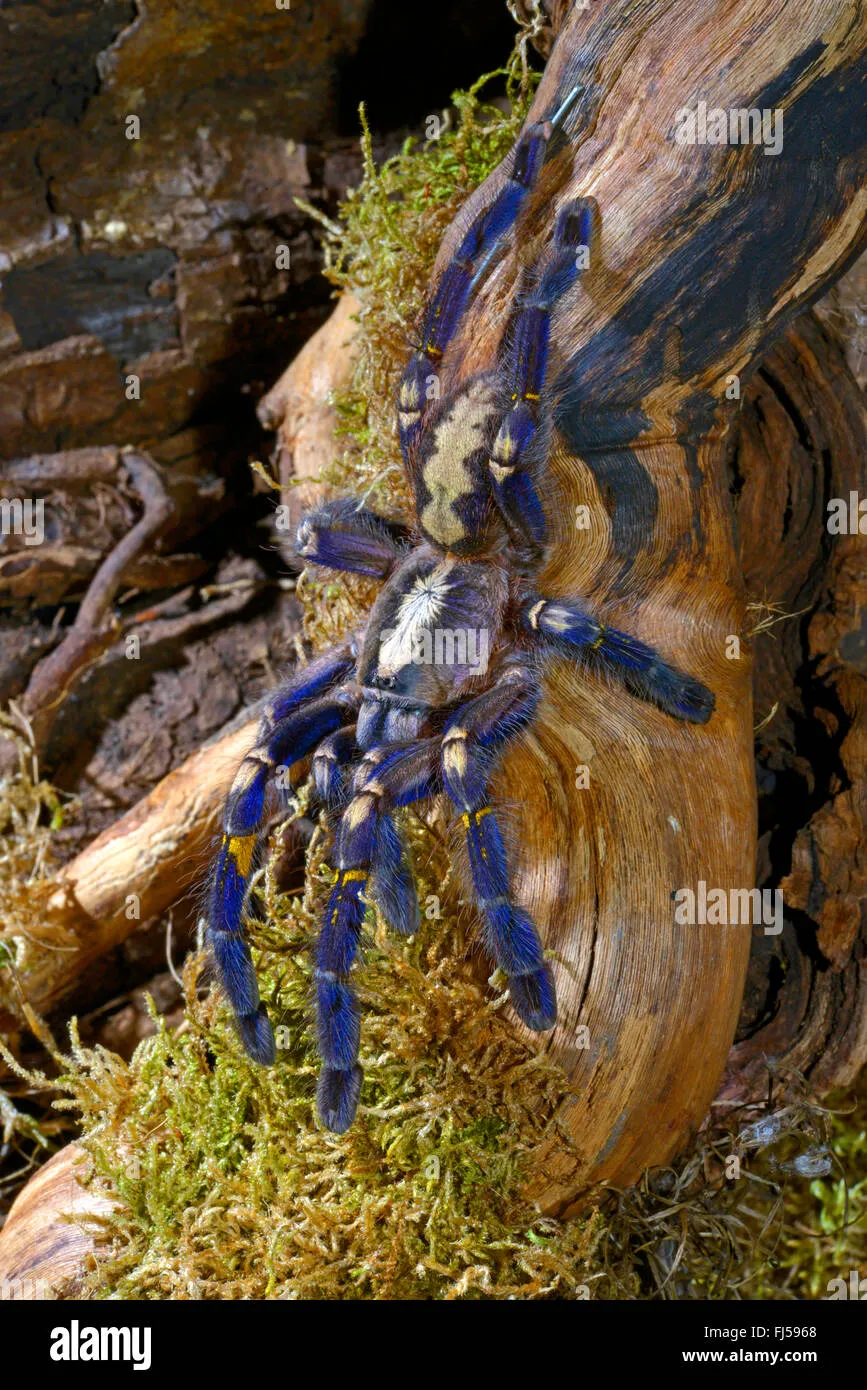
The Gooty tarantula faces several threats, including habitat loss due to deforestation and agricultural expansion. The species is also threatened by the illegal pet trade, as it is a highly sought-after species among collectors. Climate change and environmental degradation also play a role in their decline. The loss of their habitat is the most significant threat, as it reduces their available living space and food sources. Conservation efforts are crucial to protect this unique species.
Conservation Efforts
Several conservation efforts are underway to protect the Gooty tarantula, including habitat preservation and anti-poaching initiatives. There are also breeding programs and educational campaigns to raise awareness about this species. These efforts are aimed at protecting their natural environment, reducing illegal collection, and promoting their survival. Collaboration between conservation organizations, local communities, and governments is essential to ensure the long-term survival of the Gooty tarantula. The goal is to preserve their habitat and protect this species from extinction.
Interesting Facts
Unique Defensive Mechanisms
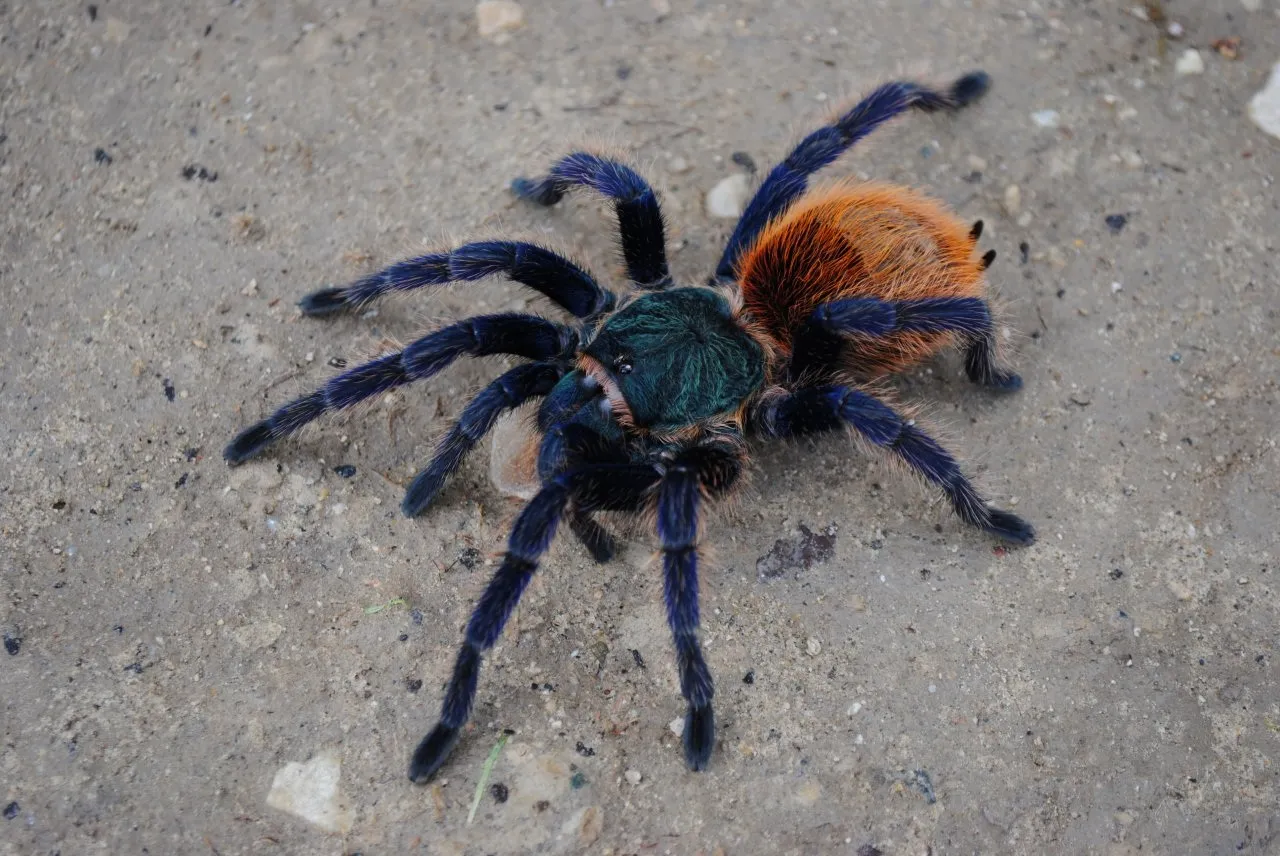
Gooty tarantulas have several unique defensive mechanisms. They can flick urticating hairs from their abdomen, which can cause skin irritation and deter predators. They also possess a potent venom that can be used to subdue prey or defend themselves. Their coloration also serves as a form of camouflage, allowing them to blend in with their surroundings. These defensive mechanisms contribute to their survival and help them avoid predation in their natural habitat. These spiders are very capable of protecting themselves from danger.
Lifespan and Growth
Gooty tarantulas have a relatively long lifespan, with females living for up to 12 years or more in captivity. They undergo a series of molts as they grow, shedding their exoskeleton to accommodate their increasing size. The males, however, typically have a shorter lifespan, living only for a few years after reaching maturity. Proper care and favorable environmental conditions can greatly affect their lifespan in captivity. Their growth process and longevity make them fascinating subjects for study.
In conclusion, the Gooty tarantula is a remarkable species with a unique beauty, fascinating behaviors, and a precarious conservation status. Understanding the threats it faces and supporting conservation efforts is critical to ensuring its survival. By appreciating its beauty and supporting conservation, we can help protect this extraordinary spider for future generations.
